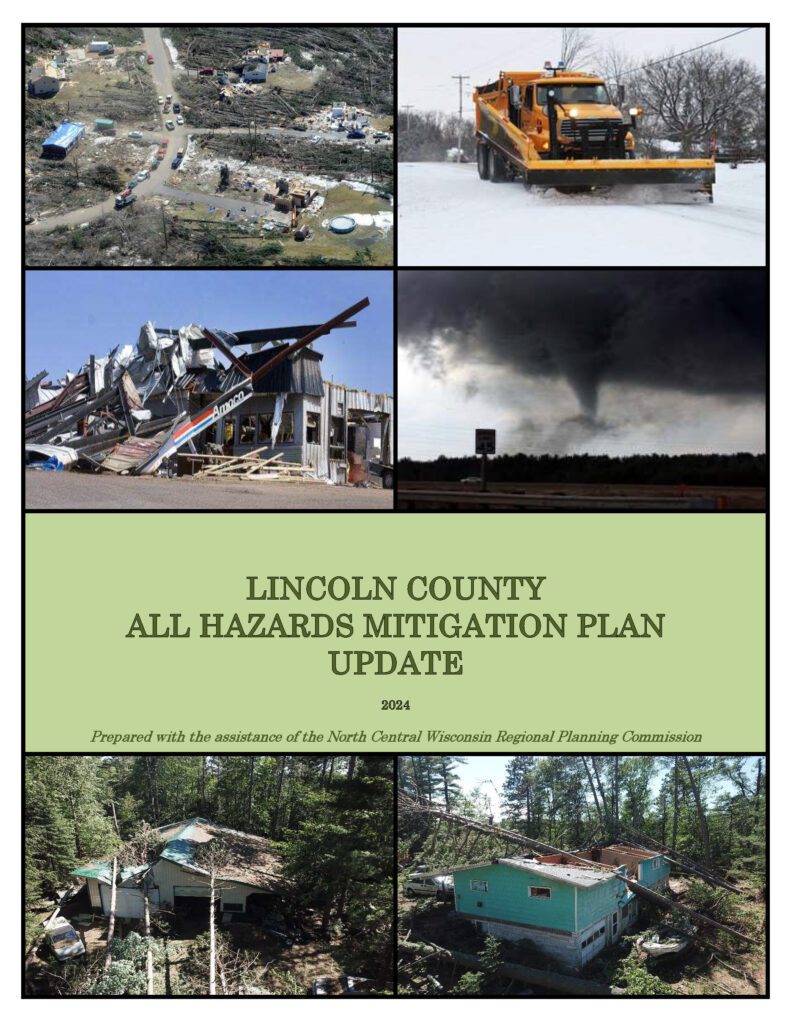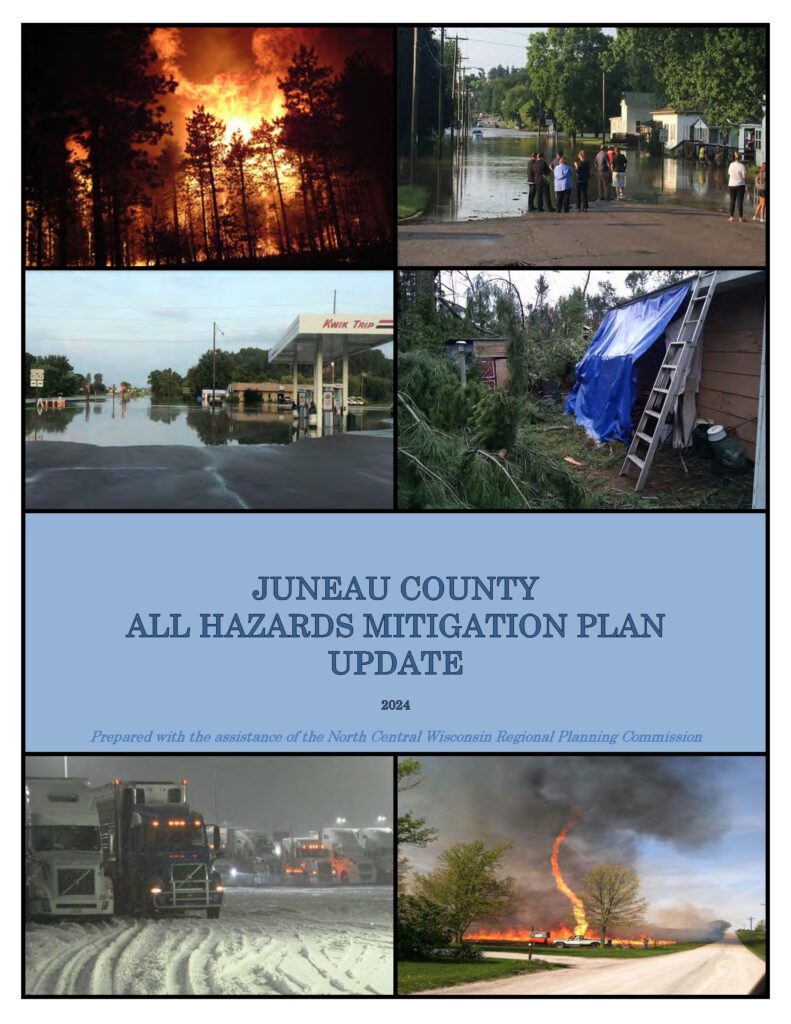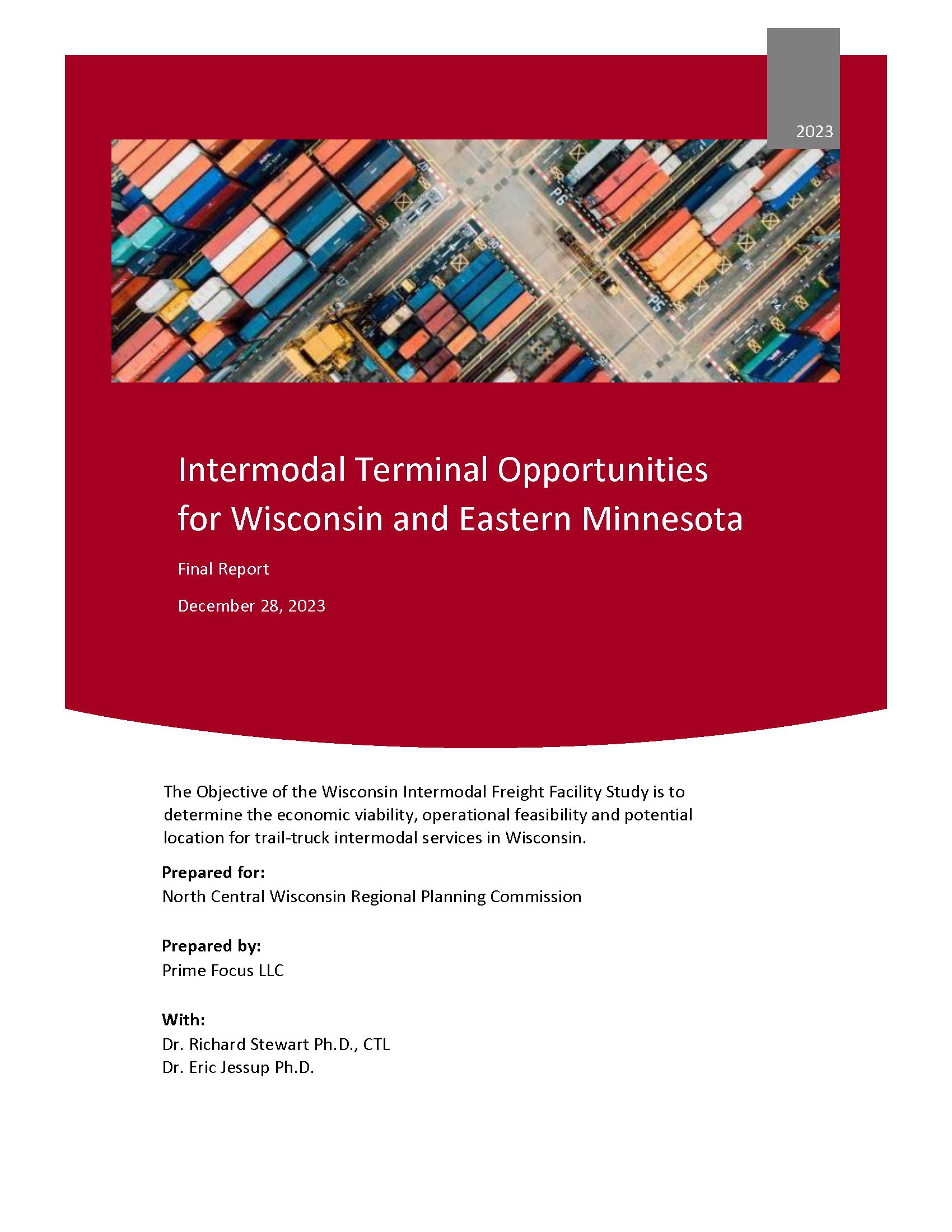The Wood County Ad Hoc Bike & Pedestrian Committee is overseeing the development of the Wood County Bike & Pedestrian Plan.

The Wood County Bicycle & Pedestrian Plan includes:
An inventory of bicycling conditions and sidewalks, bicycle and pedestrian crashes with vehicles, and bicycle and pedestrian use areas. Researching where crashes occurred will show where some problem areas exist. Other problem locations will be found through analysis of the bicycling conditions on each major road.
Locations of potential bicycle routes and recommendations for roadway improvements. Maps will show where people are riding and where they plan to ride when it is safer to do so. Recommendation may include bicycle lanes in high traffic areas, and possibly no change along roads used more by bicyclists than vehicles (e.g. low volume roads).
Recommend solutions. The plan will include a combination of education, encouragement, engineering, and enforcement strategies to increase walking and biking.




